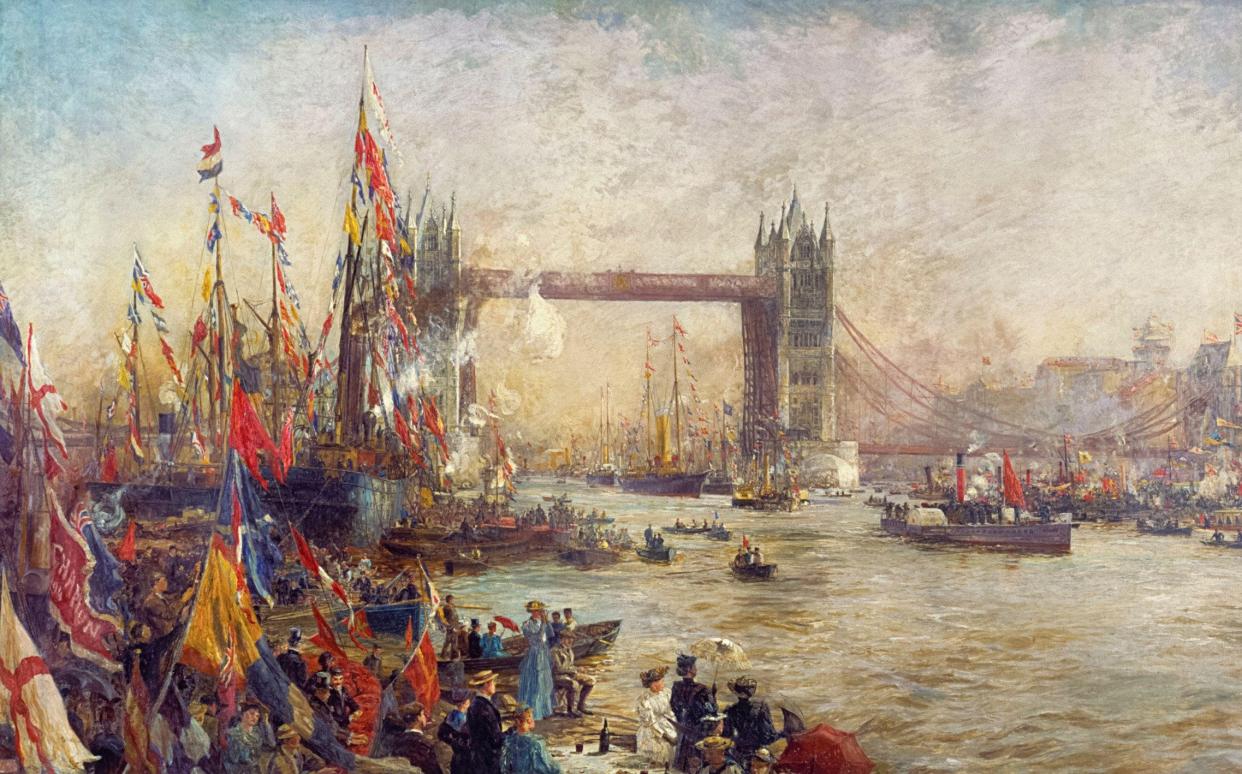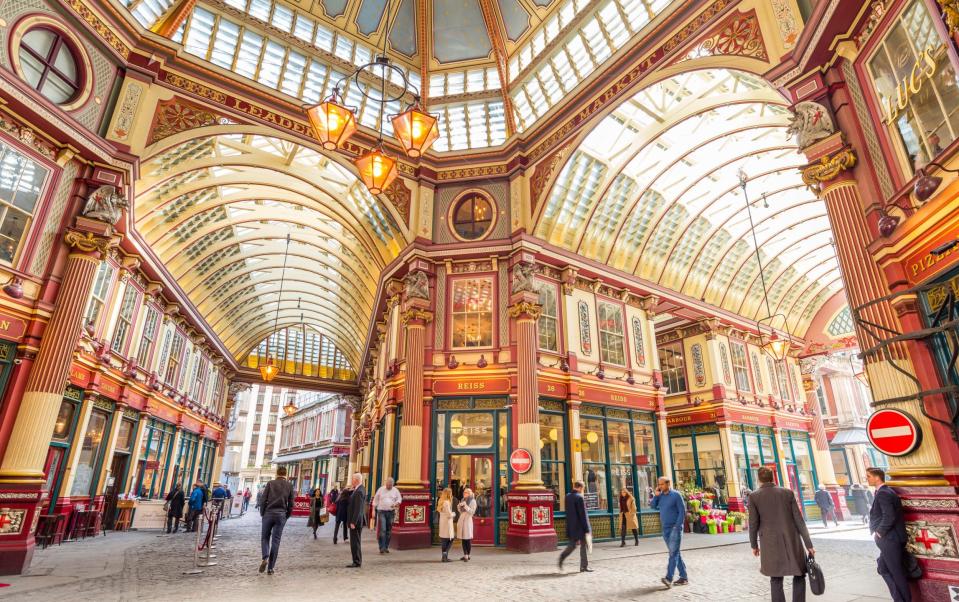It’s one of our most beloved landmarks – but nobody can name its unlucky creator

Many visit London for a concert or sporting fixture, or to enjoy a special restaurant. But for me, the great pleasure of the capital is its buildings, and what they say of its past. I tend to return home with the feeling that I must look up a certain building – often one I have walked past for years, but whose merits I have only just noticed. When one considers the intensity of the Blitz, it is a miracle so many buildings survived, or else (in the case of many City churches) were rebuilt so well.
A new book by Paul Knox, London: A History of 300 Years in 25 Buildings (Yale, £25), selects architecture across Greater London to show how the capital and its people have changed since the early 18th century. Nor does Knox stick to the most celebrated work. To illustrate the realities of Victorian London, he looks to the Lambeth Workhouse, now “surrounded by the chaotic mixture of low-, medium- and high-rise housing that has overwritten most of this pocket of Victorian Lambeth”.
He considers Dolphin Square, the vast estate of apartment blocks designed for all social classes on the Thames at Pimlico; and describes various waves of new prosperity in London with reference to the Hoover factory at Perivale (one of the finest art deco buildings in Britain), which illustrated the growth of skilled workforces in the suburbs – and the great 1990s development at Canary Wharf, which signalled the expansion of the financial-services sector.
Knox is aware that social history is about people, and he tells that story through looking at their housing. The slums of the London poor in the 18th century have long gone; so he shows us (with the help of magnificent illustrations) Bedford Square in Bloomsbury, a Georgian spectacle to compare with anything in Dublin, Edinburgh or Bath, built for the well-to-do in the construction boom of the late 1770s. The fine workmen’s terraced cottages of the Shaftesbury Park Estate in Battersea, described in 1889 as “the most perfect specimen of a working-class residential district”, but now much sought-after by those middle-class people able to afford them, were begun just before the 1875 Artisans’ Dwellings Act enabled widespread slum clearance, and became a model for many more such developments.
He also highlights an imaginary but stereotypical Metroland mock-Tudor semi, “Dunroamin” at Amersham, to illustrate how prosperity engendered expansion, and the expansion of a middle class. In 1932, one could be had for £875. He is forthright about the atrocity of high-rise council housing, his example of which is Penton House at Thamesmead in south-east London, describing the 13-storey late-1960s block and others like it as “the tombstones of the welfare state”. The brutalist architecture soon let in the rain and the modernist planning was a social disaster: not for nothing was the estate used as a filming location for A Clockwork Orange.

One London building not included in Knox’s superb book is Tower Bridge, the most famous work of an architect of whom, he suggests, few have heard: Horace Jones. Jones was retained by the City of London Corporation and his most notable surviving buildings are to be found there – notably the markets at Smithfield and Billingsgate, and what is now the fine Victorian shopping centre at Leadenhall Market. In his new biography Horace Jones: Architect of Tower Bridge (Profile, £18.99), David Lascelles seeks, with some success, to restore Jones’s reputation.
He was an unlucky architect. His magnificent offices for the Sovereign Assurance company, on the corner of St James’s Street and Piccadilly, are long gone, as is the palatial shop he built in Oxford Street for Marshall & Snelgrove, scandalously demolished in the late 1960s when the ill-fated Debenhams flagship store was built on the site. Tower Bridge, of course, survives: but Jones never saw it; he died in 1887, just as construction was beginning.
The bridge was opened in 1894, but its designer’s name does not appear on its commemorative plaque. He may not have been an architect of the class of contemporaries such as George Gilbert Scott or George Edmund Street, but he made a building by which London is known around the world. He deserves recognition.

 Yahoo News
Yahoo News 
